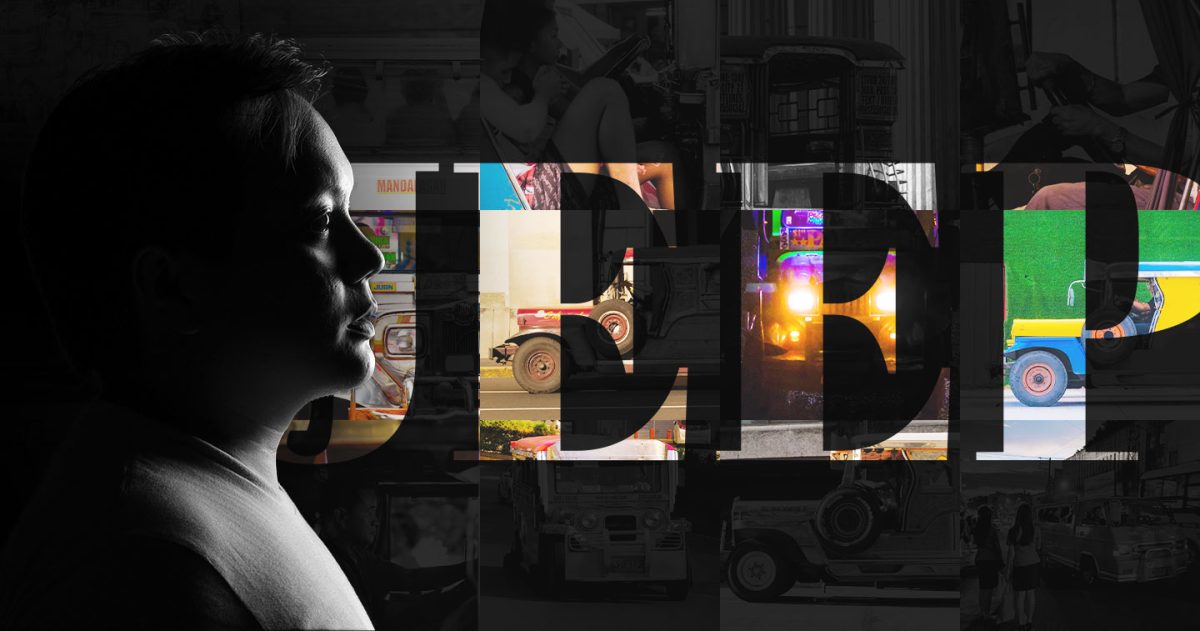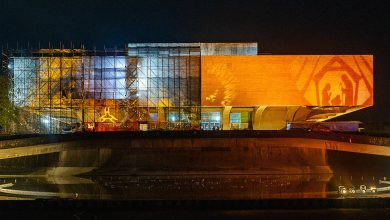
BACOLOD CITY, PHILIPPINES — Whether it’s during the morning rush or the post-work hustle, the quintessential Philippine jeepney makes its presence felt in all its brightly-painted, budots-blaring, eclectically-adorned glory.
As the country’s public transportation backbone, these iconic “kings of the road” currently face an uncertain future. The government’s modernization initiative has set a nationwide phase-out plan for these jeepneys, aiming to replace them with pricier minibuses branded as “e-jeepneys.” Priced between PHP1.5 to PHP2.5 million, these new vehicles promise enhanced energy efficiency, comfort, and safety. However, numerous jeepney drivers plead that they are financially unable to make the transition, and are facing the grim prospect that the unaffordable replacements could jeopardize their means of livelihood.
Amidst these challenges, Aeson Baldevia, a photographer from Bacolod City, has undertaken the task of preserving the cultural significance of Philippine jeepneys through his lens.

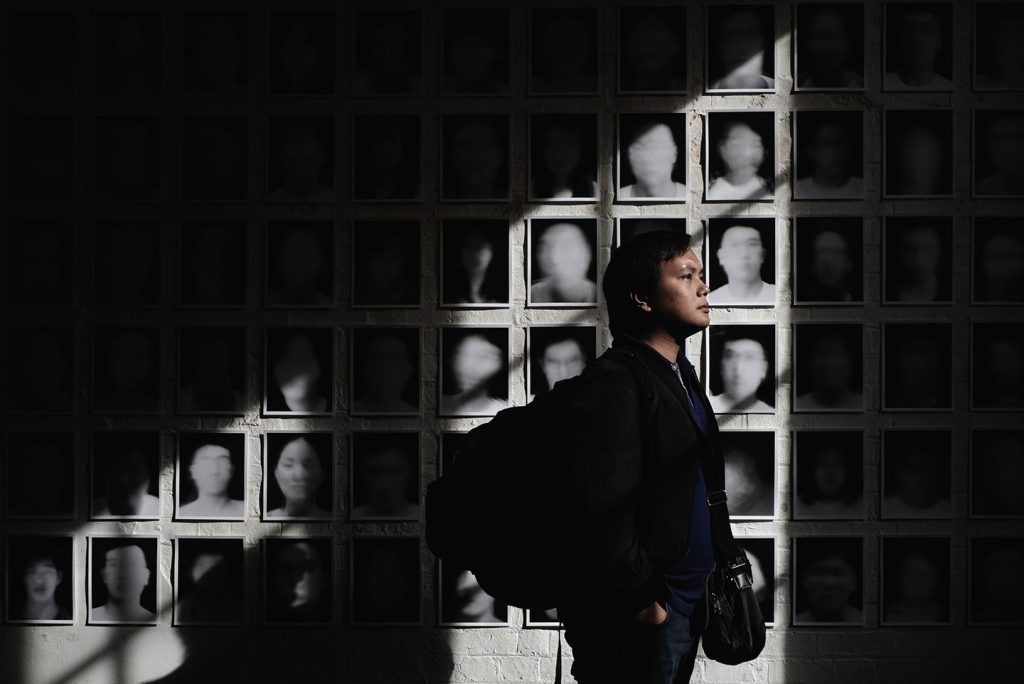
“As a photographer, I feel the responsibility to document things before they are gone,” he said. “Shooting mundane objects has always been my motivation in capturing the streets and documenting everyday life.”




This motivation led him to curate a series of photographs, aptly titled “Para sa Pumapasada: A tribute to the Filipino jeepney.”
With the intricate play of light and shadow, Aeson has captured not only the practical purpose of Philippine jeepneys but also their undeniable artistry — kitschy as they may seem. Each photograph in his series tells a story of the streets, where these boldly painted and maximalist-designed vehicles transform highways into open-air galleries of creativity.
The airbrushed portraits of celebrities, religious figures, and even dictators embellishing the jeepneys showcase the Pinoy spirit of disponeering, the ability to deconstruct and arrange things to create something new. Crafted from scrap and transformed into unique, inherently Filipino forms, these “moving artworks” embody true resourcefulness and creativity, symbols of a people who find beauty in repurposed materials.
For the owners and drivers of these vehicles, the jeepney has become their steel canvas, using bright and flashy colors to tell visual narratives referencing their personal lives. Here in the Philippines, it is not uncommon to see a jeepney painted with scenes from a home province, or murals of a family’s bunso (youngest child). Our jeepneys also popularly feature depictions of basketball players and cartoon characters, underscoring the Filipino fascination with Western pop culture in the post-colonial era.
In “Para sa Pumapasada,” the jeepney is not just a means of getting from point A to B; it’s a vessel of nostalgia and shared experiences. “For me, there’s a sense of liberty when riding one,” Aeson said.
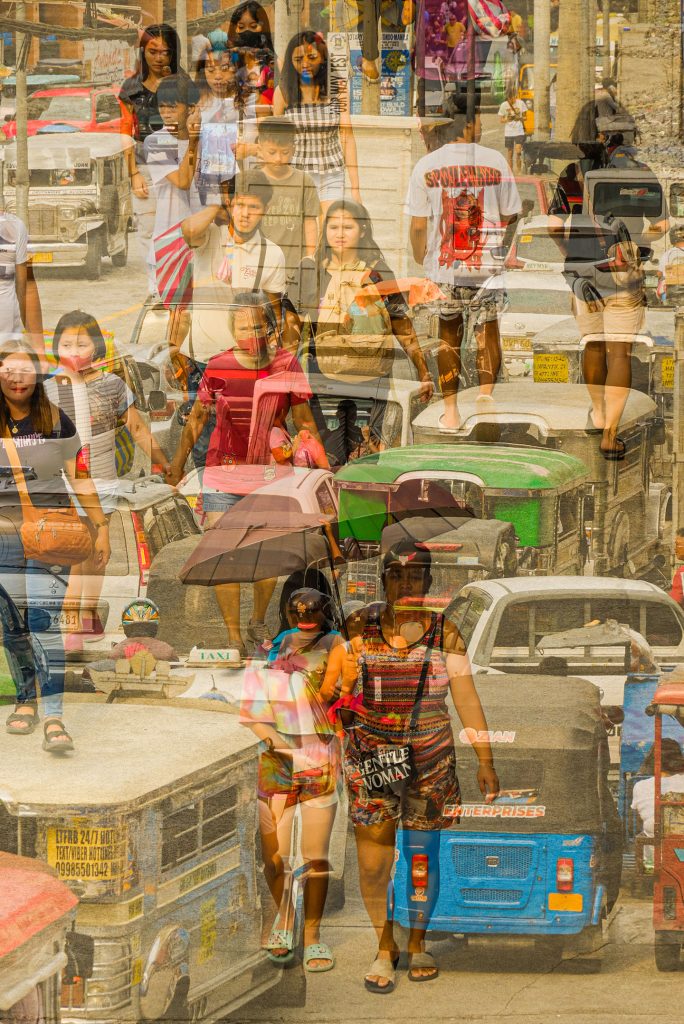

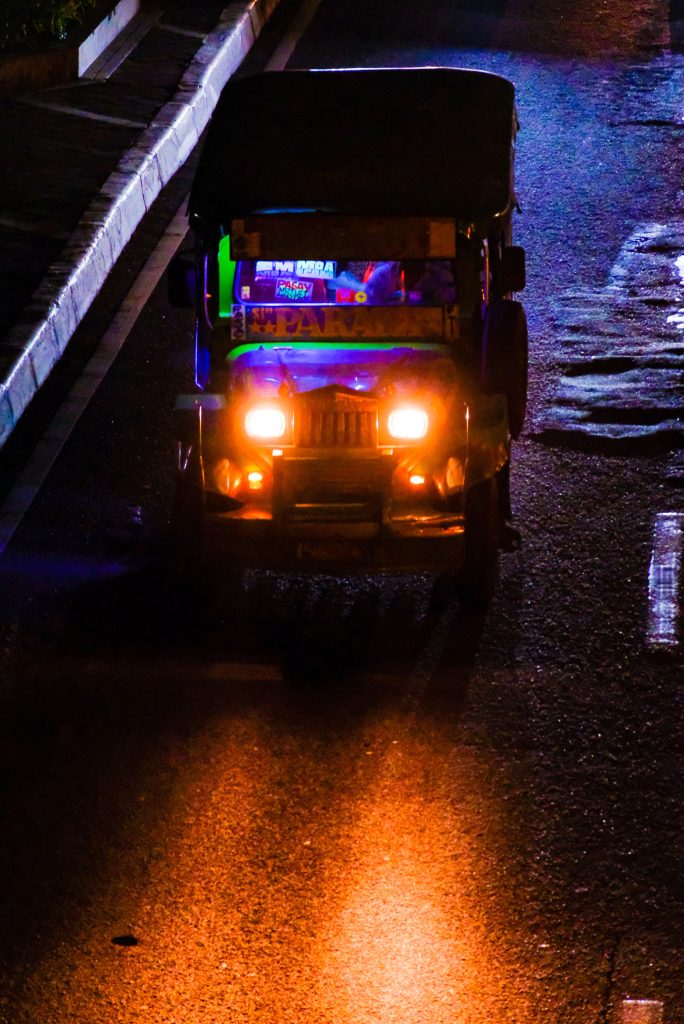


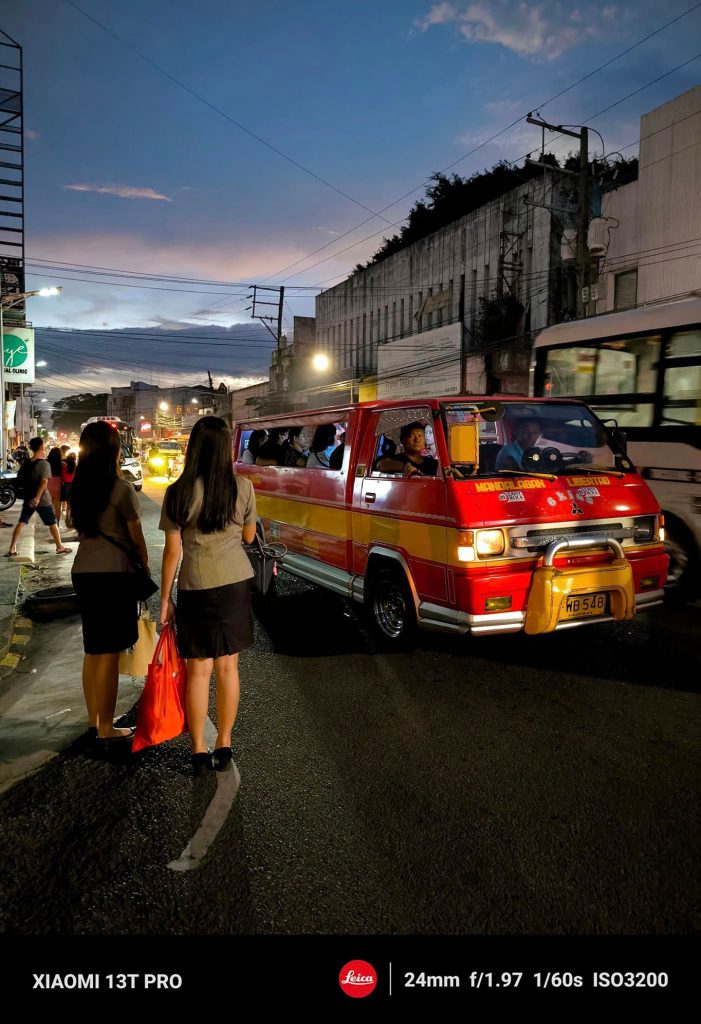
His memories intertwine with the steel and paint of these vehicles, recalling rides to his high school and escapades in college that were shaped by the unmistakable presence of the jeepney. He shared, “I would take the jeep and spend weekends with friends, then go home right in time for the last trip at 10 pm. In college, the whole class would occupy the jeep and have special trips to the mall just to spend the lunch break together.”





“Now, as a professional, I take the jeepney to save money because a round trip from Silay to Bacolod would typically cost 300 to 400 pesos when you take a private car,” he added. “As a conscious choice, this mode of public transport is also one of the ways I decrease my carbon footprint.”
In sharing these sentiments, Aeson reflected on the broader impact of jeepneys. He recounted stories of friends whose education was funded by parents working as jeepney drivers, affirming that beyond their practical function, jeepneys symbolize the masses and the Filipino way of life.
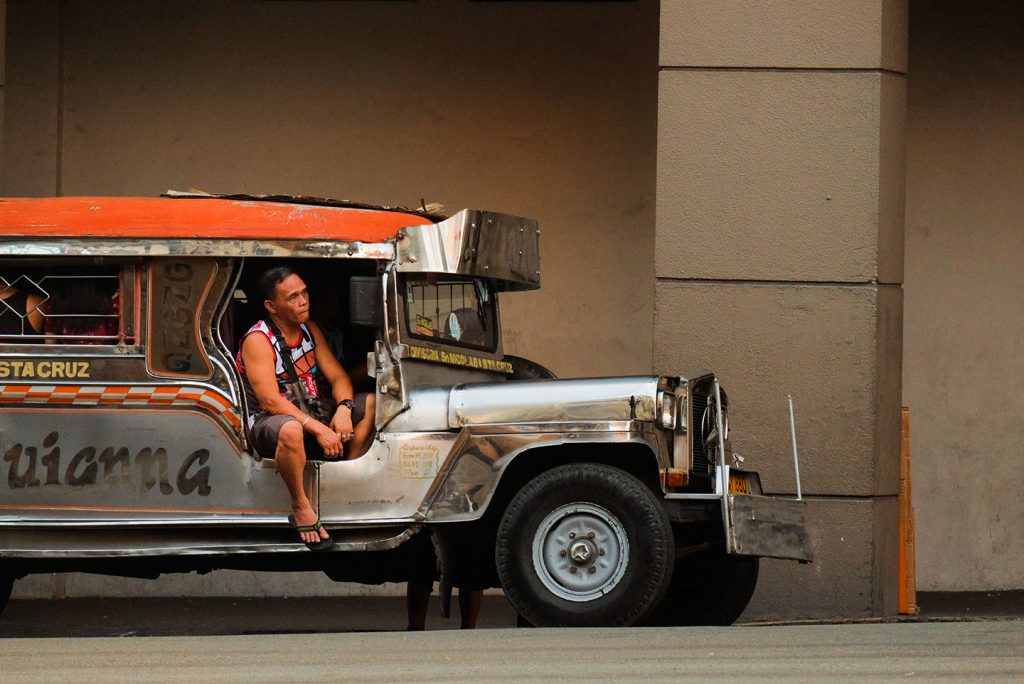



As discussions about the modernization of transportation continue to unfold, Aeson invites people not just to witness, but also to appreciate the artistry, stories, and memories these iconic vehicles carry — prompting us to reflect on what may be lost if the traditional Philippine jeepney fades away from our streets.

